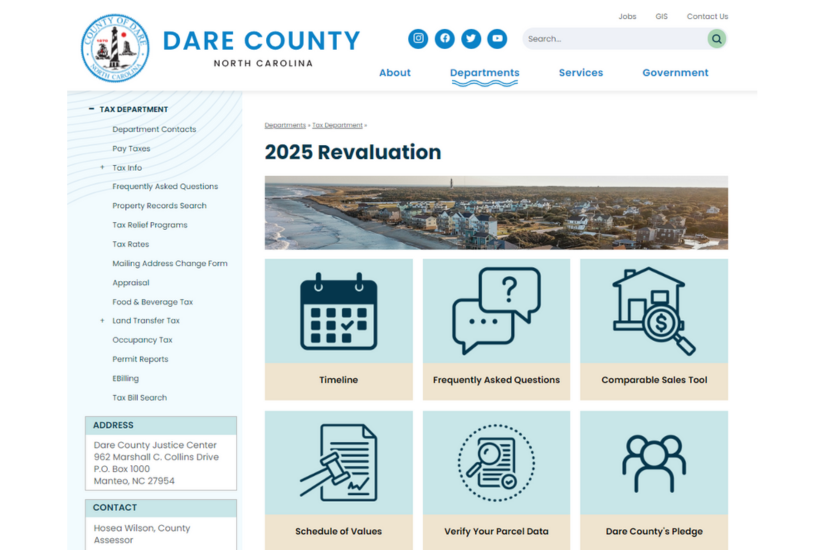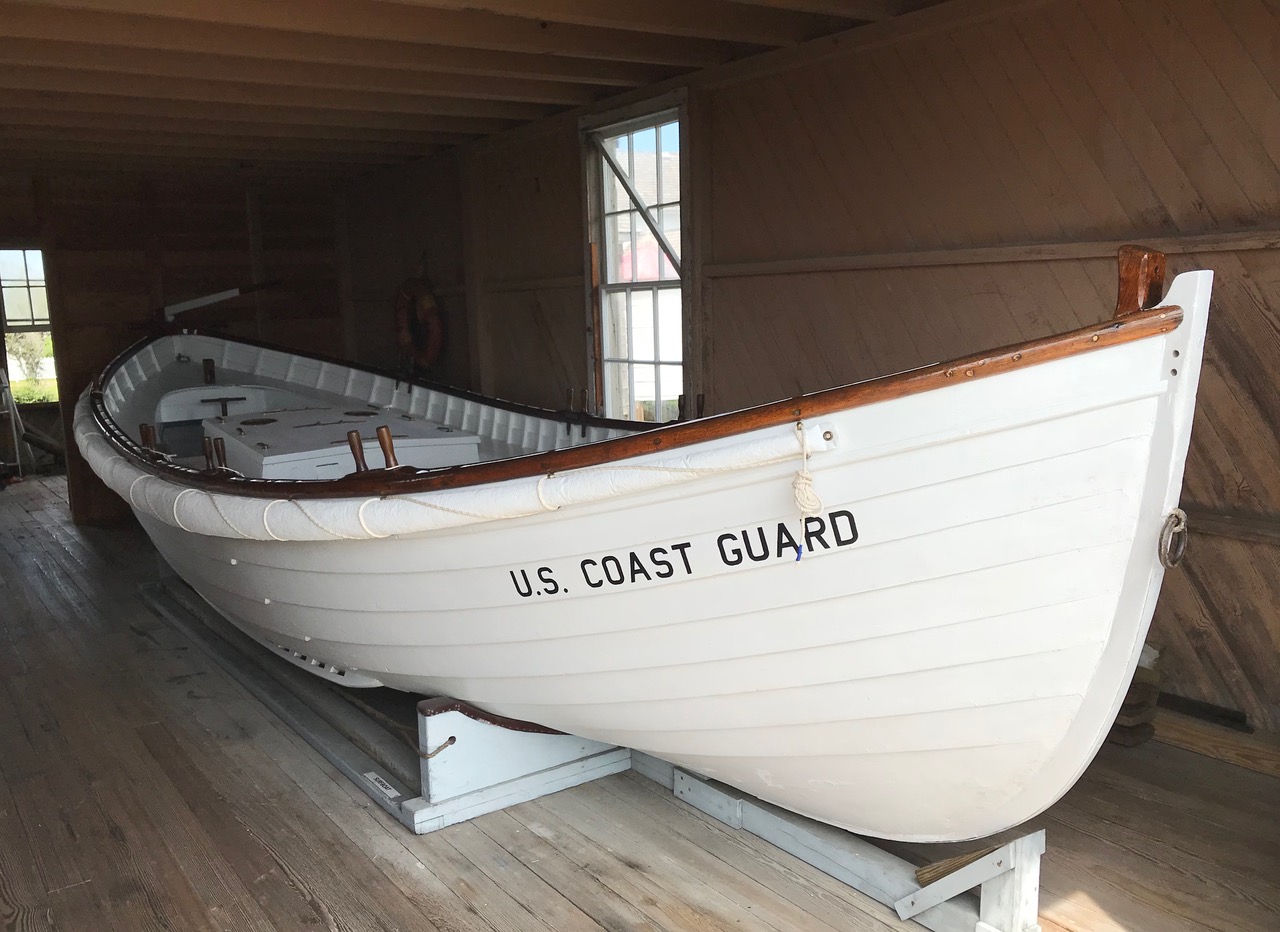Seals arrive for their annual Hatteras Island vacation
As locals know, one of the best aspects of combing the Cape Hatteras National Seashore beaches in the wintertime is the prospect of spotting a seal that has popped up along the shoreline.
And although those who are unfamiliar with the sight may initially be concerned that the beached seal is in trouble, the seals are, in fact, just “hanging out” for a while to enjoy a rest and an impromptu beach trip before heading back into the water.
This year, the seals have — finally — come back for their annual Hatteras Island vacation, as evident by reports from National Park Service technicians who have spotted several seals in the past few days, including three to four last week and a harbor seal on Monday morning.
A photo of Monday’s seal was posted to the Cape Hatteras National Seashore’s Facebook page on Monday afternoon and has already garnered hundreds of likes and shares from island fans who are happy to see that the seals are “back.”
It’s a late arrival, to be sure.
According to Randy Swilling, the Park Service’s natural resource program manager, the seals usually hit the beach in December, as the waters get cold enough for them to head all the way down to the North Carolina coastline.
This year, however, with unseasonably warm temperatures, the seals have not been spotted until recently, after a series of northeastern storms and icy cold temperatures caused the seals to head south.
All of the seals have been seen north of Cape Point, and Monday’s seal was spotted north of Avon, although where a seal lands is always hard to determine.
“A lot of people are surprised that there are seals in North Carolina, although they can show up anywhere, so they can be hard to spot,” says Swilling. “I usually direct people to Green Island, because when they’re here, they use Green Island a lot.”
Green Island is located close to Oregon Inlet, and visitors who want the best odds of spotting the seals can grab a pair of binoculars, park at the old life-saving station on the southern terminus of the Bonner Bridge, and cross the street to look out over the water to the small and water-locked “Seal Beach.”
“In a good year, we’ll have 20 seals laid out on that island,” says Swilling.
Regardless of whether you see a seal relaxing in the middle of the inlet or taking up space on your favorite beach, there are a few key things to keep in mind to ensure that you, and the seal, aren’t harmed during a surprise encounter.
Keep Your Distance. Seals are covered under the Marine Mammal Protection Act of 1972, which prohibits people from getting closer than 50 feet to the animals – so if you get close to take a picture, not only are you annoying the seal, but you’re also breaking the law. Seals can also carry diseases – including a bad strand of the herpes virus and rabies – so if you get bit, there’s a good chance that you’re headed towards a costly and painful doctor’s visit.
Pause Before Calling the Authorities. Because seals aren’t typically seen on a remote beach, it can be easy to assume that since they’re out of the water and seemingly motionless, they may be in trouble. But this isn’t the case at all. Seals “beach themselves” simply because they need a rest, and like any weary vacationer, they look for the most deserted and unpopulated beaches to stretch out and take a break. The National Park Service also has biotechnicians that patrol the beach daily looking for cold-stunned critters or injured turtles, so if a seal is indeed in trouble, they’ll likely be the first to know.
When in doubt, look for the “banana pose” – if a seal’s tail and head are up in the air, like a banana, that means he or she is happily relaxing and comfortable.
Keep it Chill. When seals land on Hatteras Island — like all vacationers and locals who need a break – they’re a little grumpy, and a little stressed, and they need a bit of “me time” to finally relax. So while it’s important to observe the 50-foot barrier, it’s also important to keep it quiet. Avoid the wild shrieks when you spot one — which admittedly can be hard to do — and try to keep the noise – like engine revving and shouting– to a minimum. As any visitor or local who’s been next to a loud party on the sand will tell you, obnoxious beachgoers will cause you to angrily leave your spot.
But as long as you keep your distance and follow the seal’s lead in staying relaxed, a seal spotting will easily be the highlight of any wintertime beach trip. And while you can increase the odds of spotting the seals by going to their favorite local hang-outs, or by hitting the beach after a few days of cold weather, part of the fun is being “surprised” by the unexpected fellow beach loungers.
And although the seals’ annual island vacation may be a little late this year, locals and visitors alike are happy to welcome them back.















